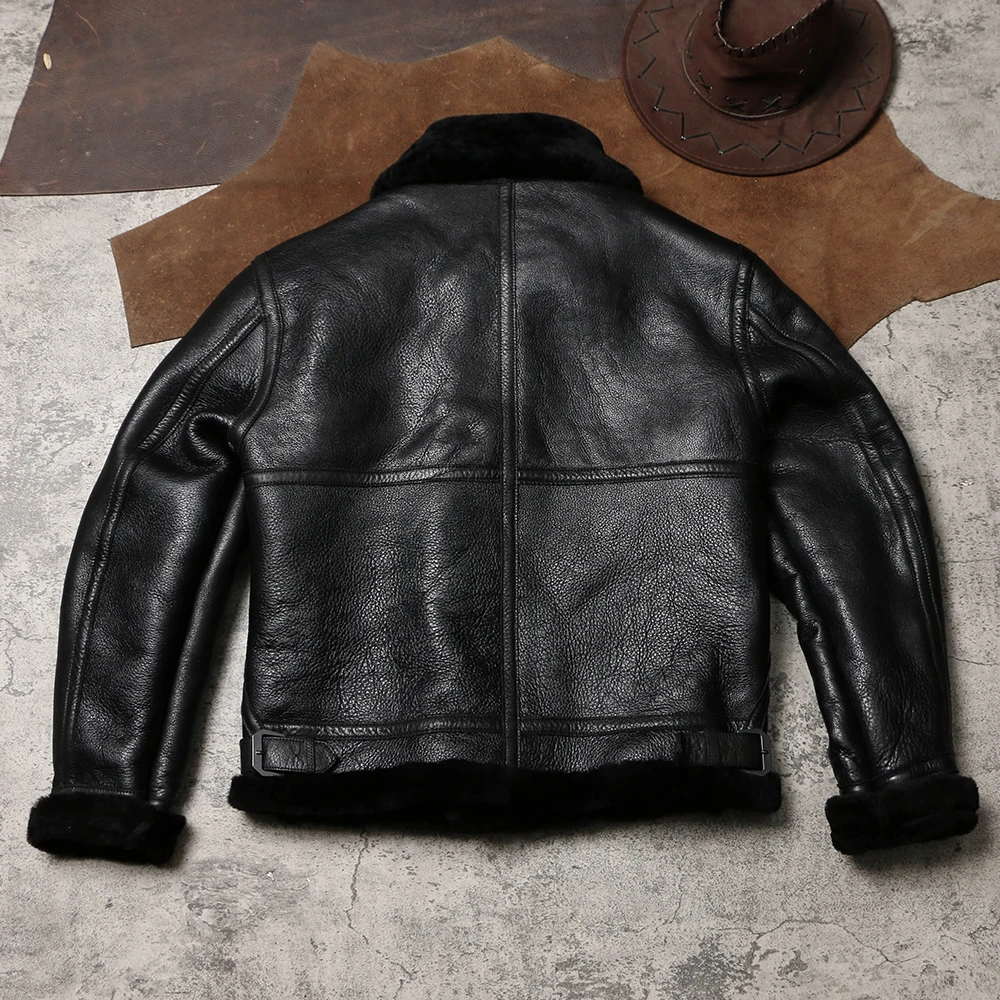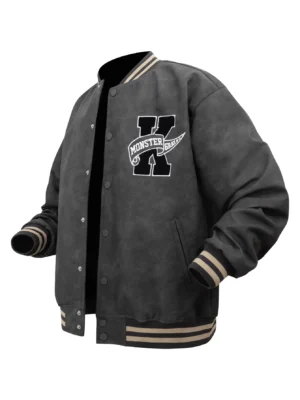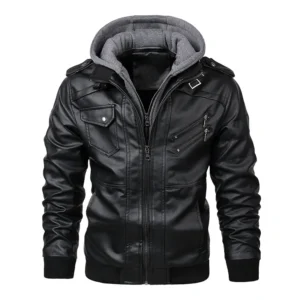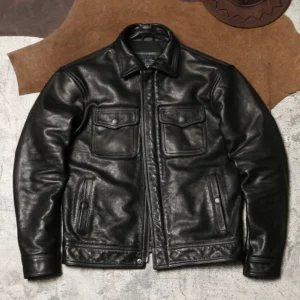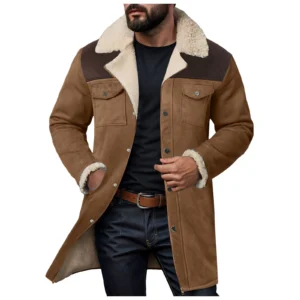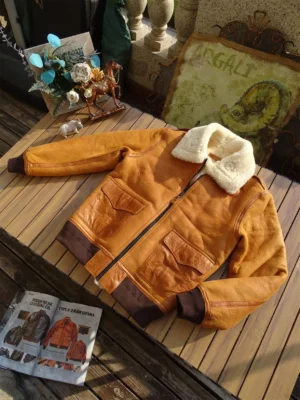Understanding the Materials: Sheepskin and Shearling Explained
When shopping for premium winter outerwear, the terms “sheepskin” and “shearling” often appear interchangeably, causing confusion for many consumers. Understanding the distinction between these two materials is crucial for making an informed purchase decision, especially when warmth is a priority.
Sheepskin refers to the processed hide of a sheep, which includes the skin (leather) portion. This versatile material serves as the broader category from which shearling derives. The processing of sheepskin can vary widely, resulting in different textures, appearances, and functional properties. Some sheepskin products retain the wool, while others have it removed entirely, creating smooth leather.
Shearling, by contrast, is a specific type of sheepskin where the wool remains attached to the hide. What makes shearling distinct is that it’s typically processed from younger sheep (lambs), creating a material with both leather and wool components permanently connected. In most shearling garments, the wool faces inward against the body while the leather side forms the exterior of the garment.
The production methods for these materials have been refined over centuries, with traditional shepherding cultures developing techniques to maximize the natural insulating properties of these materials. The comprehensive guide about both materials explores these historical connections in greater detail.
What is Sheepskin?
Sheepskin is the processed hide of sheep that has undergone various tanning processes to create a durable, usable material. This versatile material can be finished in numerous ways:
- Suede finish: Creates a soft, velvety texture
- Nappa leather finish: Produces a smooth, refined surface
- Roughout finish: Leaves a textured exterior
The processing of sheepskin often involves decisions about the wool component—whether to remove it entirely, trim it to a consistent length, or leave it intact. This flexibility means sheepskin appears in diverse products ranging from rugs and car seat covers to garments and footwear.
Quality sheepskin is graded based on several factors including the hide thickness, wool density, and overall processing quality. Higher grades typically feature denser wool and more supple leather, resulting in superior products. The continuing questions about whether sheepskin and shearling are the same highlight how these terms create confusion in the marketplace.
What is Shearling?
Shearling represents a premium subcategory of sheepskin, specifically one where the wool remains attached to the leather. This material is typically:
- Created from younger sheep (lambs) for softer, denser wool
- Processed with the wool intact, creating a two-sided material
- Worn with the wool facing inward for maximum warmth and comfort
- Finished with the leather side facing outward for weather protection
What sets authentic shearling apart is its construction as a single, integrated material rather than two separate components attached together. When you run your hand along the edge of a shearling piece, you can see how the wool fibers emerge naturally from the leather rather than being sewn or glued in place.
Shearling has earned its reputation in high-end fashion and premium outerwear due to its exceptional warmth, comfort, and durability. Many consumers who choose classic shearling jackets do so because of these superior qualities and the material’s timeless appeal.
The Science of Warmth: How These Materials Insulate
To understand why sheepskin and shearling excel at providing warmth, we need to examine the fundamental principles of insulation. The primary function of any insulating material is to trap air in small pockets, preventing the transfer of heat away from the body. This trapped air serves as a barrier against cold, creating a stable microclimate around the wearer.
Natural fibers like wool are particularly effective insulators because of their unique structure. Wool fibers have a natural crimp or wave pattern that creates countless tiny air pockets. Additionally, the protein structure of wool fibers can absorb and release moisture without feeling wet, adding to its insulating capabilities.
The lanolin naturally present in wool provides water-resistant properties, helping the material maintain its insulating capability even in damp conditions. This is a significant advantage over many synthetic insulators that lose effectiveness when wet.
In shearling, this wool insulation works in tandem with the leather component, which acts as a windproof barrier. This combination creates an insulation system that addresses multiple heat loss mechanisms simultaneously. Understanding these different insulation types and warmth properties helps explain why these natural materials have remained relevant despite advances in synthetic alternatives.
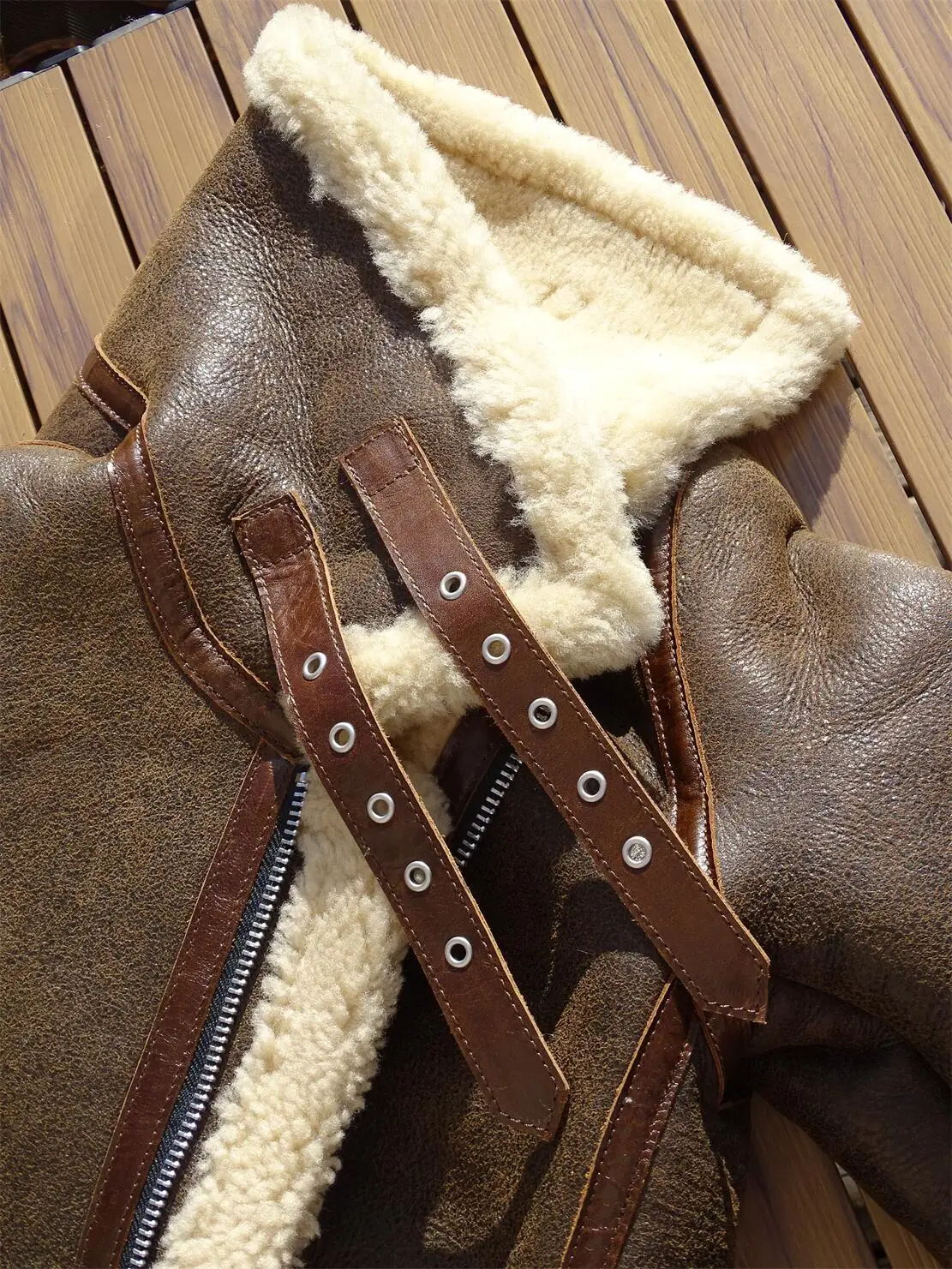
Warmth Comparison: Shearling vs Sheepskin
When comparing the insulating capabilities of shearling and sheepskin, several factors determine their effectiveness in cold weather. The table below summarizes key thermal properties of both materials:
| Property | Shearling | Sheepskin (without wool) |
|---|---|---|
| Insulation Value | Excellent | Good |
| Heat Retention | Very High | Moderate |
| Wind Resistance | High | High |
| Performance When Damp | Maintains warmth | Reduced warmth |
| Temperature Regulation | Excellent | Good |
| Cold Weather Suitability | Extreme cold (-20°F/-29°C and below) | Moderate cold (20°F/-7°C and above) |
Shearling typically provides superior insulation compared to wool-less sheepskin due to its natural combination of dense wool fibers attached to protective leather. The wool component creates an insulating layer of trapped air that maintains body heat exceptionally well, while the leather exterior blocks wind and moisture.
Regular sheepskin without wool relies primarily on the leather’s insulating properties, which, while still good, cannot match the performance of wool’s complex fiber structure. The winter performance of both materials shows notable differences, particularly in extremely cold conditions.
Shearling’s Insulation Properties
Shearling’s exceptional warmth comes from its unique combination of properties:
- Dense wool fibers create millions of microscopic air pockets that trap body heat
- The natural crimp in wool fibers enhances their ability to retain air
- Wool’s hygroscopic nature allows it to absorb up to 30% of its weight in moisture without feeling wet
- The material wicks moisture away from the body, preventing the chill associated with sweat accumulation
- Even when damp, wool maintains approximately 80% of its insulating capability
These properties make shearling particularly effective in extreme cold conditions where maintaining core temperature is critical. The material also excels at temperature regulation, preventing overheating during activity while maintaining warmth during rest periods. This makes men’s shearling coats especially valuable for fluctuating winter conditions.
Sheepskin’s Warmth Capabilities
While sheepskin without wool doesn’t match shearling’s insulation performance, it still offers significant thermal benefits:
- The leather itself provides good insulation through its dense structure
- Processed sheepskin often retains small amounts of wool or can be lined with other insulating materials
- The smooth exterior creates an effective barrier against wind chill
- The material conforms to the body, eliminating cold air gaps
- Some processed sheepskins are treated for enhanced thermal properties
Sheepskin serves effectively as a component in layered winter clothing systems, often as a lining or trim. Quality men’s sheepskin coats typically incorporate additional insulating elements to enhance their thermal performance, making them suitable for moderate winter conditions.
Beyond Warmth: Other Important Considerations
While warmth remains the primary concern for many winter garment shoppers, several other factors merit consideration when choosing between shearling and sheepskin. Comfort, durability, maintenance requirements, and cost all influence the overall value and satisfaction with your purchase.
These additional characteristics significantly impact your daily experience with the garment beyond simple temperature regulation. A material might excel at insulation but prove uncomfortable for all-day wear, or it could require impractical maintenance routines that diminish its appeal. Understanding the key differences between materials helps create realistic expectations for ownership.
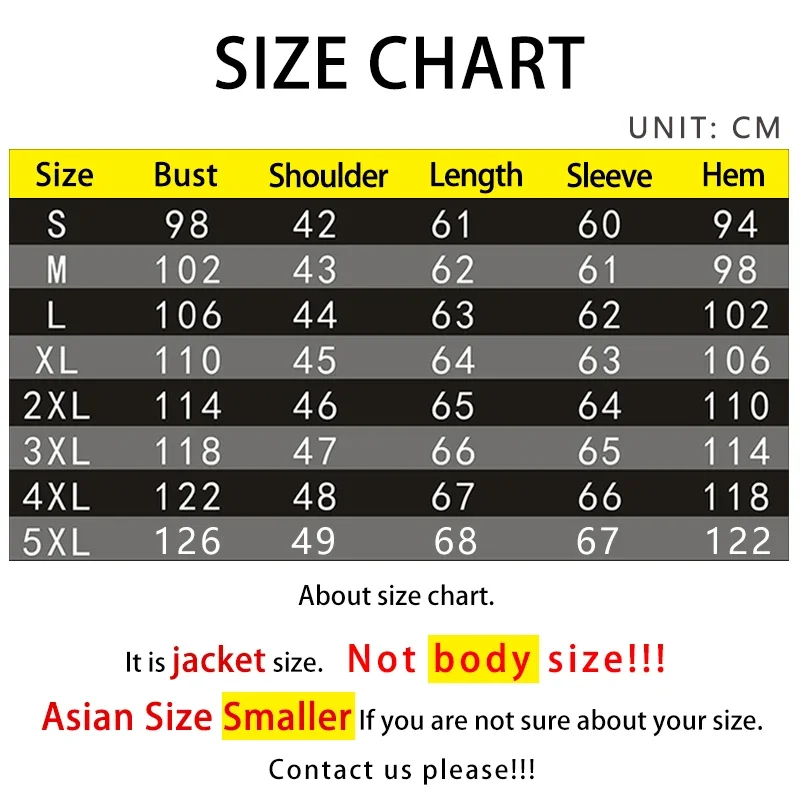
Texture and Comfort Comparison
The tactile experience of wearing shearling differs markedly from sheepskin, influencing comfort during extended wear:
Shearling provides a luxurious sensory experience with its soft wool interior gently cushioning against the skin. This natural fiber breathes exceptionally well, wicking moisture away from the body to maintain a comfortable microclimate. The material also contours to the wearer’s body over time, enhancing fit and reducing bulk.
Sheepskin without wool typically feels smoother and sometimes cooler initially against the skin. Its texture varies considerably depending on the finishing process—suede finishes provide a velvety touch, while Nappa processing creates a sleeker surface. Sheepskin generally weighs less than shearling, making it preferable for activities requiring greater mobility.
Many men’s leather shearling coats feature variations in wool density and leather finishing to balance warmth and comfort for different wearing conditions.
Durability and Longevity
Investment in premium outerwear should consider the material’s performance over time:
Shearling demonstrates remarkable durability when properly maintained. The leather exterior develops a patina with age, often improving in character and appearance. The wool component remains resilient for decades with appropriate care, maintaining its insulating properties and softness. Quality shearling garments commonly last 10-20 years or more of regular winter use.
Sheepskin’s longevity depends significantly on the quality of tanning and finishing processes. Premium sheepskin with proper care can last 7-15 years, with wear patterns typically appearing first at stress points like cuffs, collars, and pockets. The material’s thickness greatly influences its resistance to punctures and abrasion.
Both materials represent significant investments that pay dividends through their extended usable lifespan compared to synthetic alternatives. Understanding the warmth levels of different men’s coats helps evaluate their value proposition relative to durability.
Maintenance Requirements
Proper care significantly extends the life of both materials:
Caring for shearling requires:
* Regular gentle brushing of the wool with a specialized wool brush
* Protecting the suede or leather exterior with appropriate protectants
* Storing in breathable garment bags away from direct sunlight
* Professional cleaning for significant soiling or stains
* Allowing thorough drying away from direct heat if damp
Sheepskin maintenance varies by finish but generally involves:
* Using appropriate leather conditioners to maintain suppleness
* Treating with water and stain repellents suitable for the specific finish
* Prompt spot cleaning of stains using products designed for leather
* Professional cleaning for full garment refreshing
* Storage with proper support to maintain shape
Quality men’s leather coats made from either material benefit tremendously from consistent maintenance routines, significantly extending their functional lifespan and preserving their appearance.
Making the Right Choice: When to Choose Each Material
Selecting between shearling and sheepskin ultimately depends on your specific needs, circumstances, and preferences. Both materials offer distinct advantages that make them suitable for different applications and priorities.
When making your selection, consider your local climate conditions, typical winter activities, style preferences, and budget constraints. These factors together will guide you toward the material that best serves your particular requirements. The luxury outerwear comparison provides additional context for this decision.
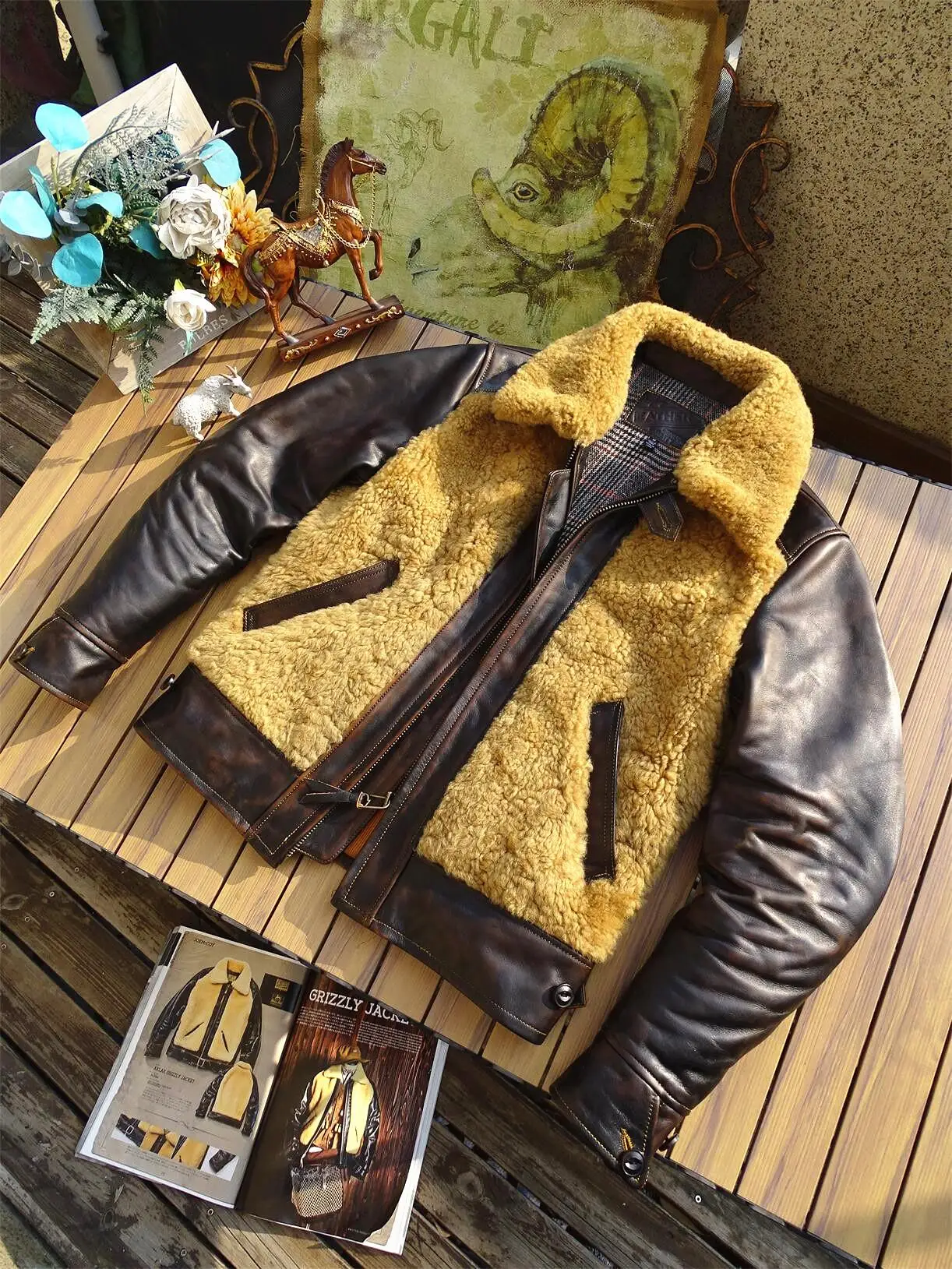
Mens Leather Coat, Mens Long Leather Coat
Price range: $225.22 through $235.58 Select options This product has multiple variants. The options may be chosen on the product pageMens Black Leather Coat, Mens Leather Coat
Price range: $181.52 through $197.20 Select options This product has multiple variants. The options may be chosen on the product pageMens Brown Leather Coat, Mens Leather Coat
$846.94 Select options This product has multiple variants. The options may be chosen on the product pageMens Shearling Coat, Mens Sheepskin Coat
$888.08 Select options This product has multiple variants. The options may be chosen on the product page- Price range: $96.28 through $130.88 Select options This product has multiple variants. The options may be chosen on the product page
Mens Shearling Coat, Mens Sheepskin Coat
$2,257.19 Select options This product has multiple variants. The options may be chosen on the product page
When Shearling is the Better Choice
Shearling represents the optimal choice in several scenarios:
- Extremely cold environments where maximum natural insulation is essential
- Regions with temperatures regularly falling below 10°F (-12°C)
- Areas with both cold temperatures and high humidity or precipitation
- For outdoor activities involving minimal physical exertion
- When seeking a premium investment piece with exceptional longevity
- For those who value natural temperature regulation and breathability
Shearling’s combination of wind resistance, moisture management, and superior insulation makes it unmatched for harsh winter conditions. The material’s natural properties allow it to perform exceptionally well across varying activity levels and environmental conditions, making it extremely versatile for cold weather applications.
When Sheepskin is the Better Option
Sheepskin without wool excels in different circumstances:
- Milder winter climates with temperatures rarely below freezing
- When seeking a more streamlined silhouette without added bulk
- For active pursuits where maximum mobility matters
- When specific aesthetic qualities or finishes are desired
- For specialized applications like rugs, seat covers, or accessories
- When budget considerations are primary concerns
Sheepskin’s versatility extends beyond apparel into home goods and accessories, making it appropriate for diverse applications. Its wide range of finishing options allows for greater customization to specific style preferences while still providing good insulation for moderate winter conditions.
Frequently Asked Questions About Shearling and Sheepskin
Is shearling actually warmer than regular sheepskin?
Yes, authentic shearling is substantially warmer than sheepskin without wool. The intact wool fibers in shearling create superior insulation by trapping more air close to the body. This natural insulation system maintains effectiveness even in extremely cold temperatures and damp conditions.
How can you tell real shearling from synthetic alternatives?
Authentic shearling has wool fibers that visibly grow from the leather when examined at the edge or seam. The wool feels soft with natural crimp and resilience, while the leather side has subtle natural grain variations. Synthetic versions typically have wool-like material glued to a leather or faux leather backing, creating a distinct separation between components.
Does shearling get heavier when wet?
Shearling does absorb some moisture and becomes somewhat heavier when wet. However, wool’s natural water-resistant properties prevent it from becoming completely saturated. The material maintains much of its insulating capability even when damp, unlike many synthetic alternatives.
How long should quality shearling and sheepskin products last?
With proper care, premium shearling garments typically last 10-20 years of regular winter wear. Quality sheepskin products generally provide 7-15 years of service depending on the processing quality and care routine. Both represent long-term investments compared to synthetic alternatives.
Are these materials sustainable choices?
Both materials derive from animal sources, making sustainability considerations complex. Modern processing methods have improved resource efficiency and reduced environmental impact. Many premium brands now emphasize ethical sourcing practices and sustainable production methods. When properly cared for, the exceptional longevity of these products enhances their sustainability profile compared to frequently replaced alternatives.
Knowing how to identify shearling and sheepskin helps ensure you’re purchasing authentic materials that deliver their promised performance.
How to Identify Quality in Both Materials
When shopping for premium sheepskin or shearling garments, several quality indicators help identify superior products:
For quality shearling, look for:
* Dense, even wool with consistent coverage
* Supple leather that feels substantial but not stiff
* Clean, well-executed seams with minimal bulk
* Natural variations in the leather grain
* Wool that springs back quickly when compressed
For quality sheepskin, seek:
* Even coloration and consistent finish throughout
* Smooth, well-executed edges and seams
* Appropriate weight for the garment type
* Leather that feels substantial without being rigid
* No artificial or chemical odors
Low-quality imitations often display glued-on synthetic wool, stiff or plastic-feeling “leather,” and inconsistent coloration. These products typically lack the distinctive natural scent of properly tanned leather. While authentic materials carry higher price tags, their performance and longevity justify the investment for serious winter wear.

